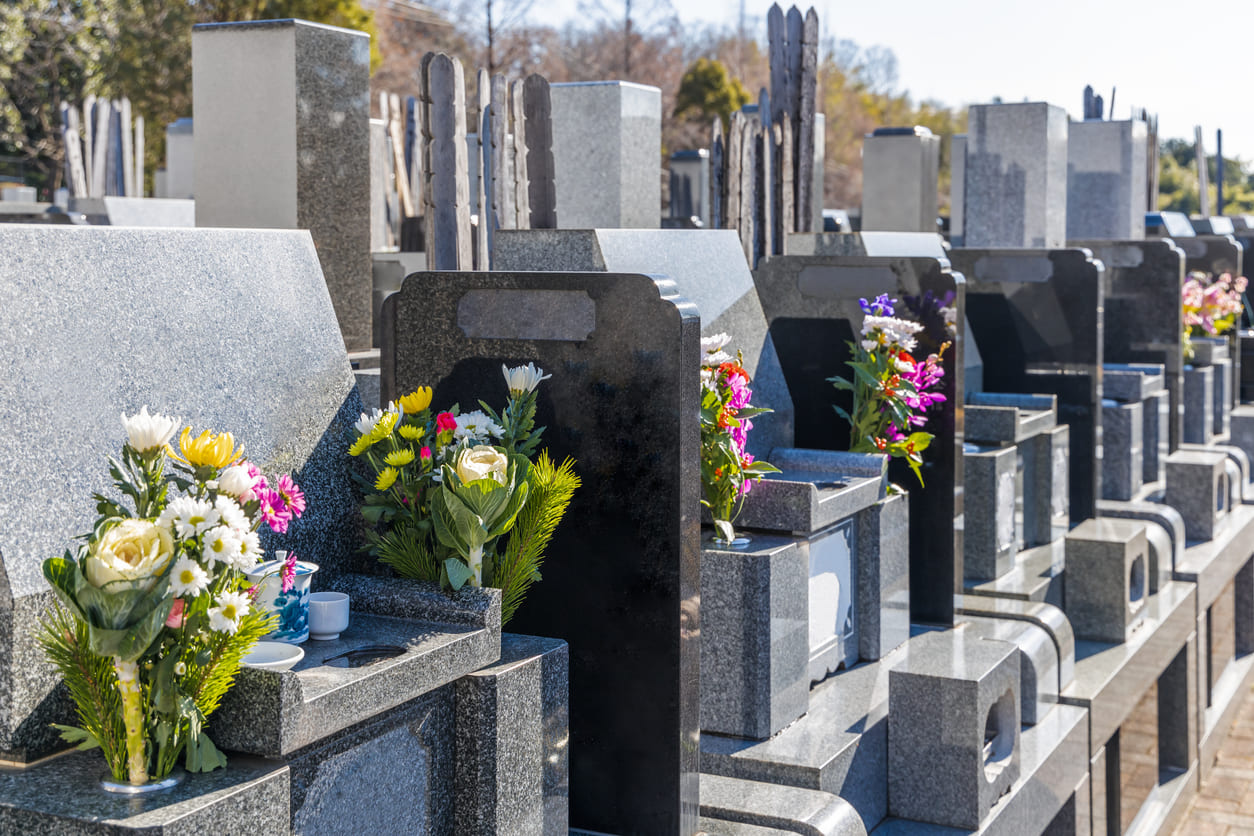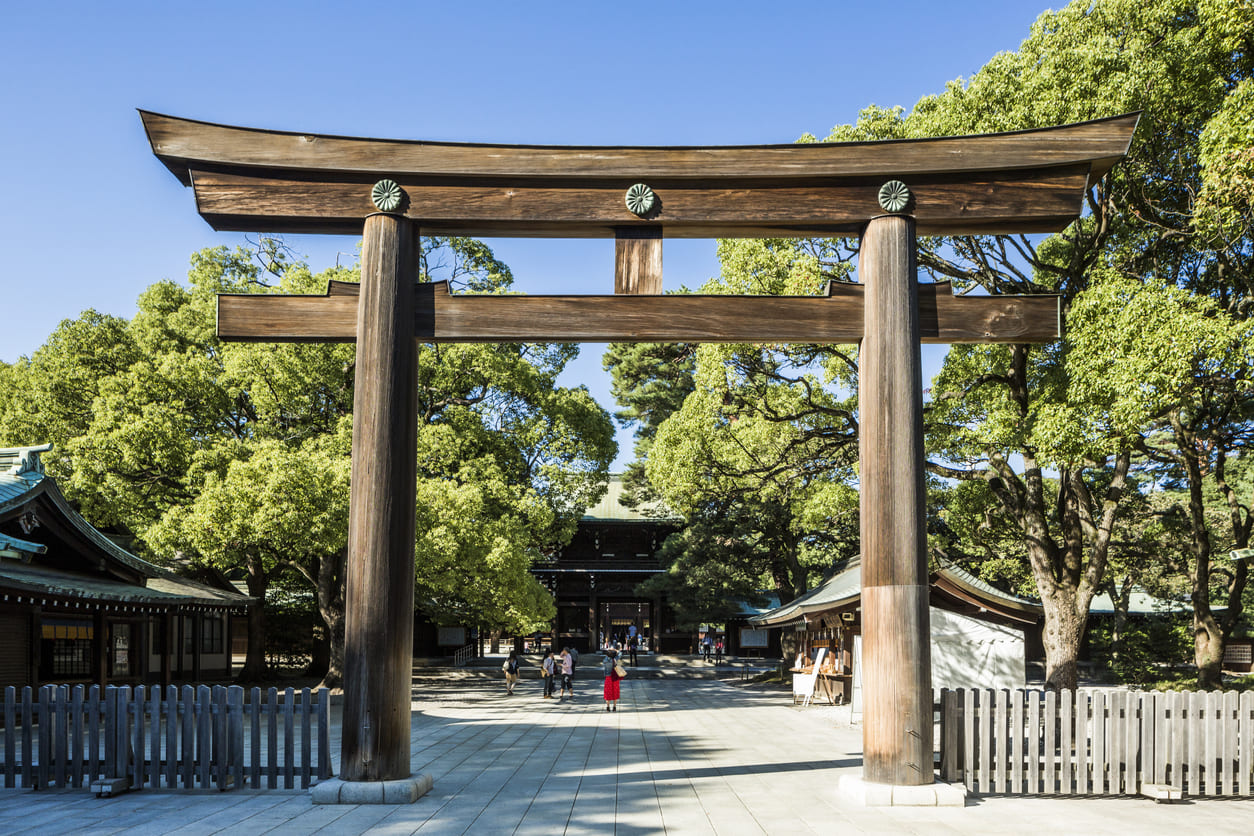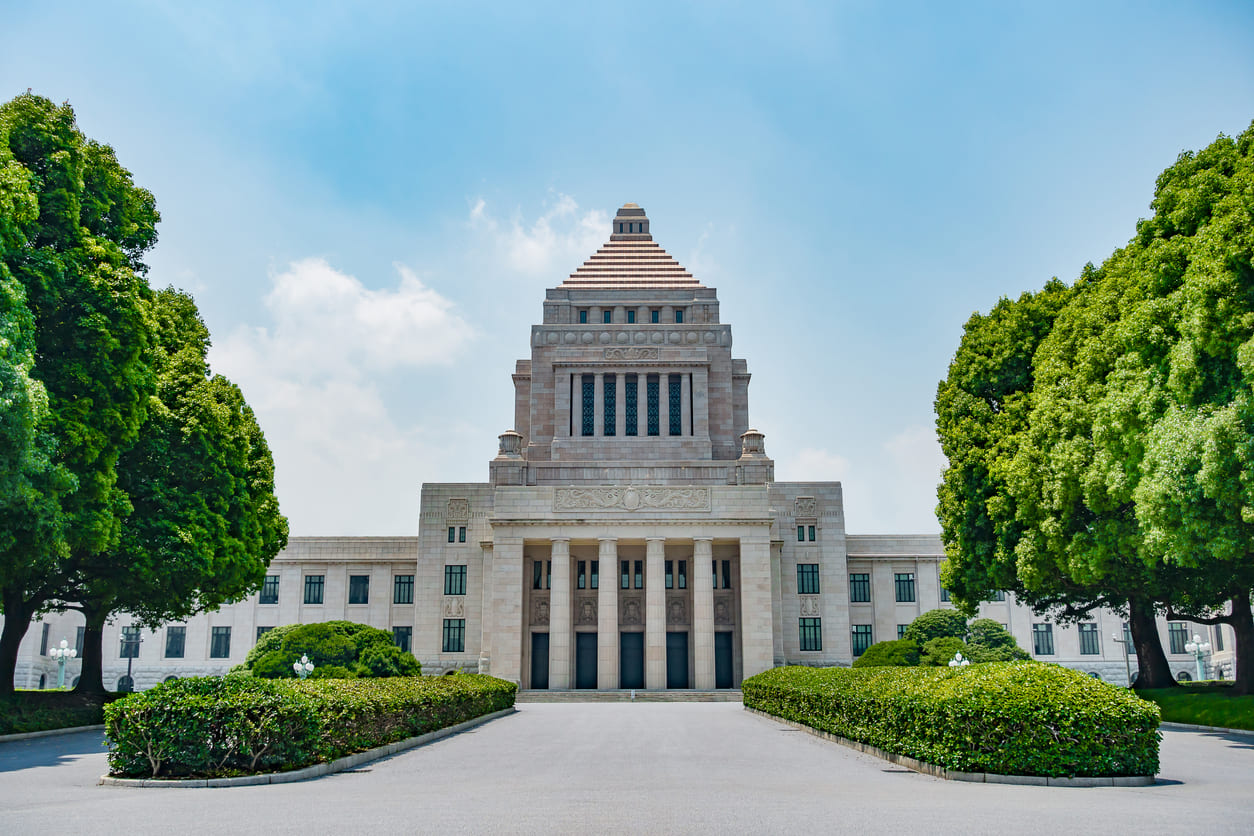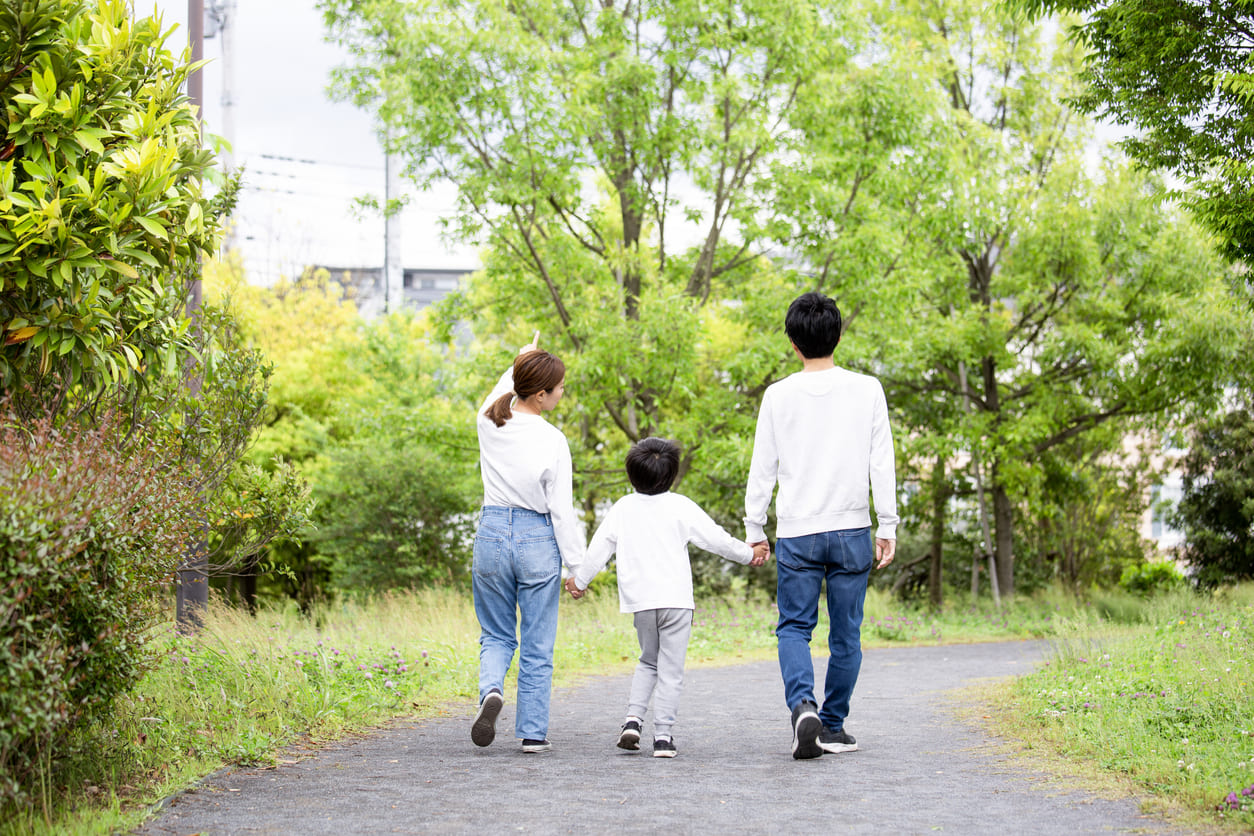Dates of Spring Equinox in Japan
| 2026 | Mar 20 |
| 2025 | Mar 20 |
| 2024 | Mar 20 |
Related Holiday in Japan
Japan Holiday Calendars
The Spring Equinox marks the arrival of longer days and new life, celebrated as a time to honor ancestors and welcome the change of season. Families visit graves, offer prayers, and enjoy the blooming beauty of spring.
Spring Equinox: A Public Holiday?
The Spring Equinox (Shunbun no Hi) is a national public holiday in Japan, with most schools, offices, and businesses closed as people honor their ancestors and welcome the renewal and beauty of spring.
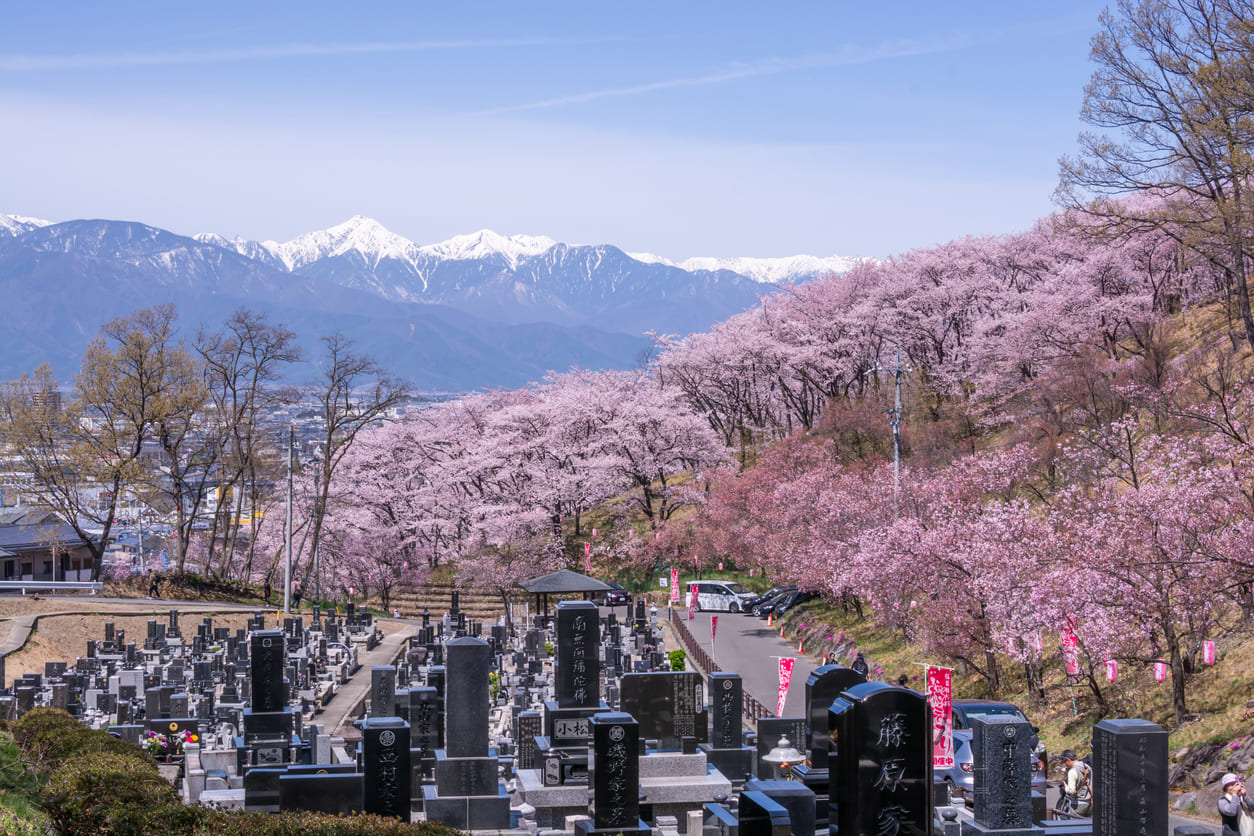
Spring Equinox
The Spring Equinox, known as Shunbun no Hi, marks the point when day and night are nearly equal in length, signaling the arrival of spring. The holiday is deeply connected to traditional Buddhist customs, especially the practice of ohigan, a time when people visit family graves and honor their ancestors. This belief is based on the idea that the equinox creates a balance between the spiritual world and the physical world, making it easier to connect with those who have passed.
During the Meiji period, the Spring Equinox was observed as part of state Shinto rituals. However, after World War II, Japan's government redefined it as a secular national holiday in 1948. The focus shifted from state ceremonies to personal and family traditions. Today, Shunbun no Hi is a time to remember ancestors and welcome the change of season. It reflects Japan's strong cultural connection to both nature and family.
Observance of Spring Equinox in Japan
Shunbun no Hi is celebrated as a peaceful and reflective holiday. Many people spend the day visiting family graves, cleaning the sites, and offering flowers, incense, and favorite foods of their loved ones. This tradition is part of the ohigan period, which lasts for a week around the equinox. The word ohigan means "the other shore," referring to the Buddhist idea of crossing from the world of suffering to enlightenment. Families pray for peace and offer respect to their ancestors, believing the equinox is a special time to connect with them.
At home, people often prepare seasonal dishes, including botamochi (sweet rice cakes with red bean paste), which are shared with family members or left at gravesites. The holiday also invites people to enjoy nature and appreciate the renewal of life. Many visit parks to see early cherry blossoms or simply enjoy the fresh spring air. The balance of day and night symbolizes harmony and is seen as a time for calm reflection and fresh beginnings.
The importance of Shunbun no Hi lies in its balance of spiritual tradition and seasonal appreciation. It is not a holiday filled with loud celebrations but one that encourages family bonding, gratitude, and mindfulness. The day reminds people to respect the past while embracing the new season with hope. In a modern world that moves quickly, the Spring Equinox offers a valuable moment to pause and reconnect with nature, family, and inner peace. Its blend of cultural heritage and seasonal awareness keeps it a cherished part of Japanese life each year.
Spring Equinox Observances
| Year | Date | Weekday | Name | Holiday Type |
|---|---|---|---|---|
| 2024 | Mar 20 | Wed | Spring Equinox | National Holiday |
| 2025 | Mar 20 | Thu | Spring Equinox | National Holiday |
| 2026 | Mar 20 | Fri | Spring Equinox | National Holiday |
| 2027 | Mar 21 | Sun | Spring Equinox | National Holiday |
| Mar 22 | Mon | Spring Equinox observed | National Holiday | |
| 2028 | Mar 20 | Mon | Spring Equinox | National Holiday |
